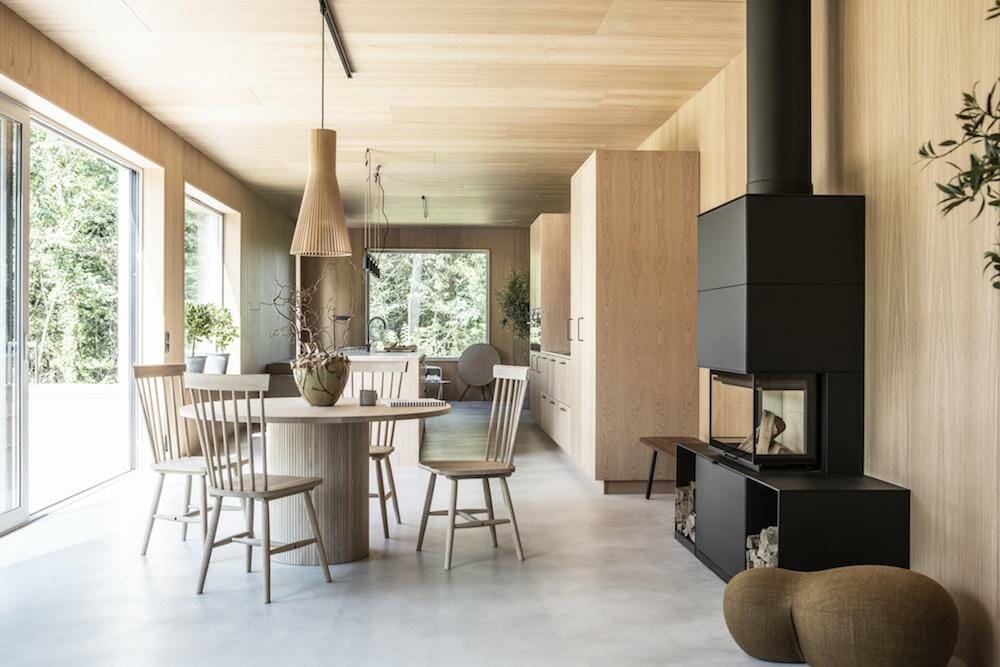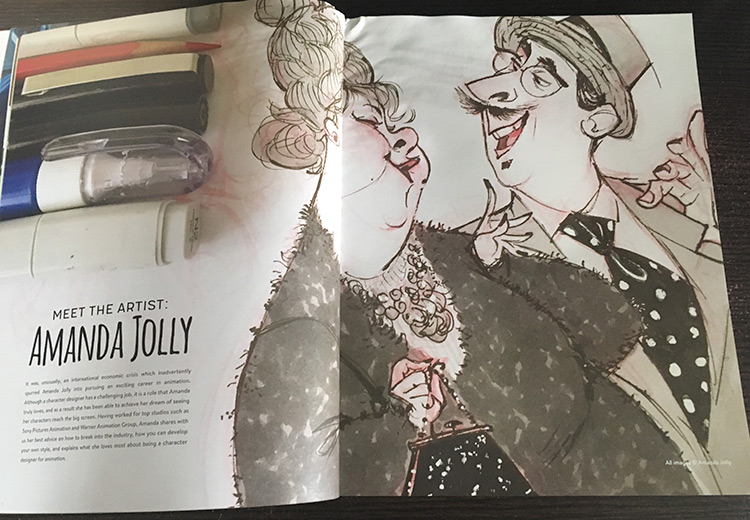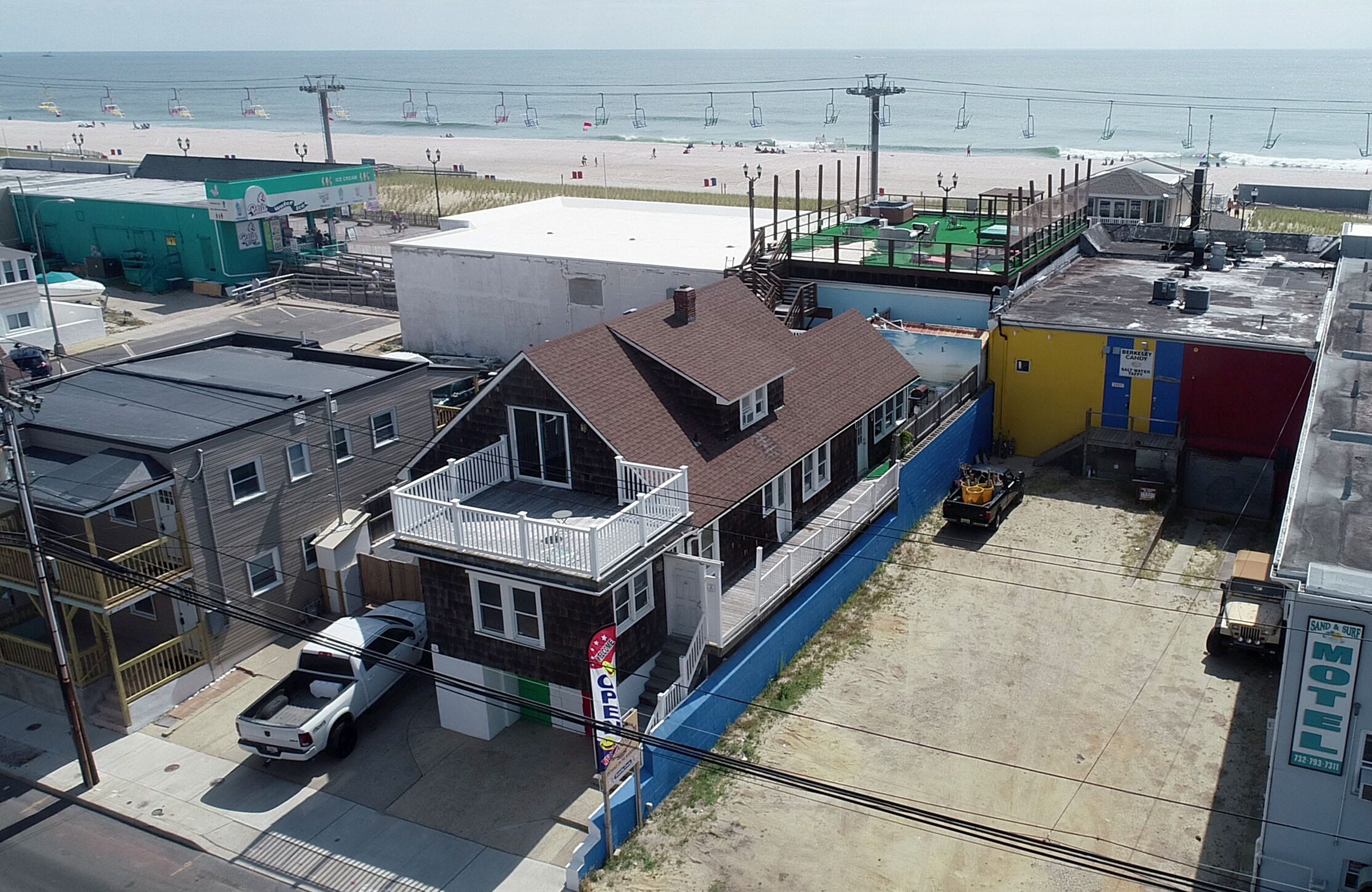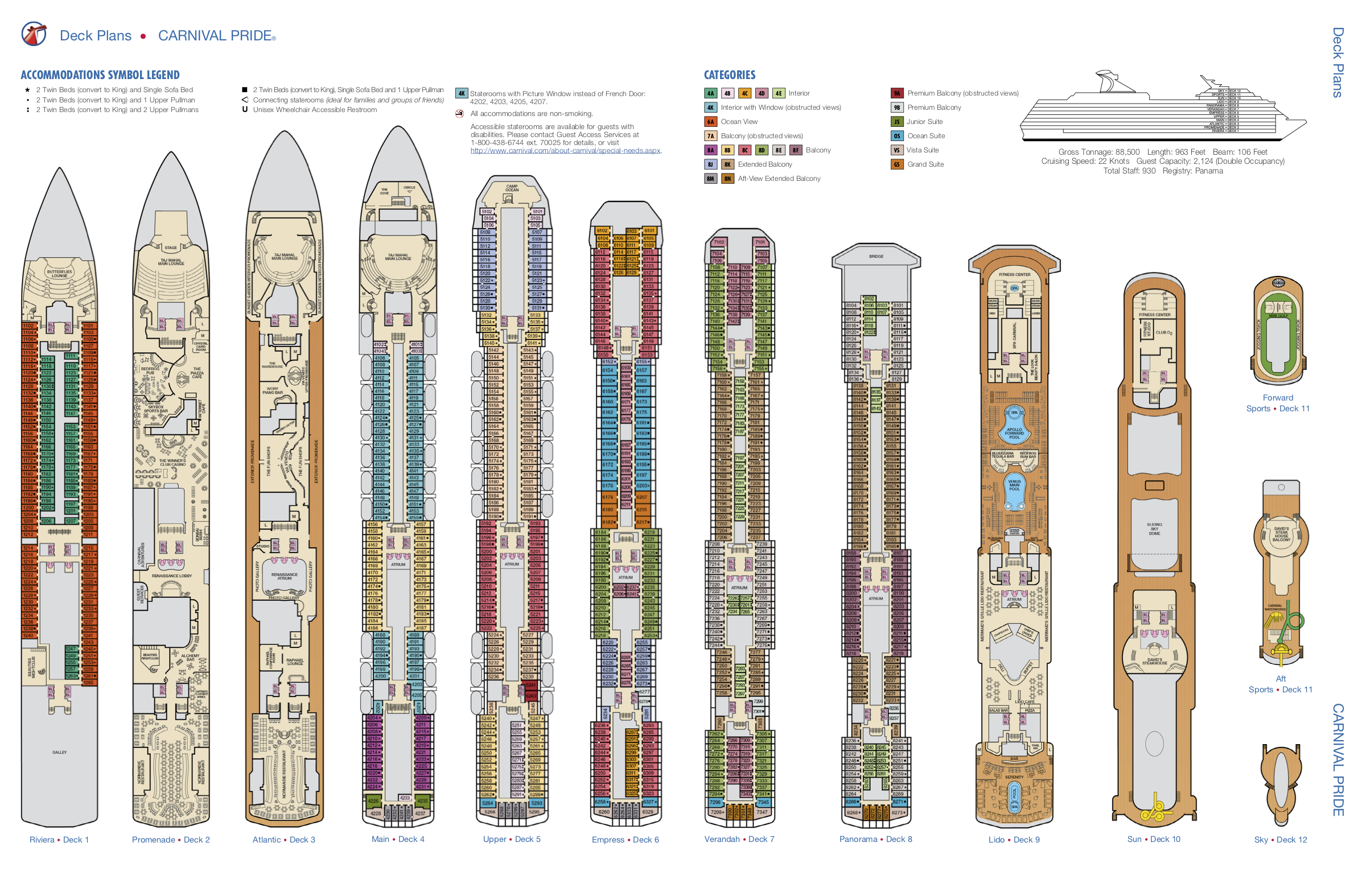Table Of Content

By incorporating these elements into your home, you can create a warm and inviting space that is both beautiful and eco-friendly. And don’t forget to appreciate the quality craftsmanship that goes into each piece. Functionality is key; every piece of furniture or decor needs a purpose. When items are practical and useful, the space will have meaning rather than a collection of items that just take up space. Rather, Scandinavian minimalism excels at making environments comfortable and inviting by combining practicality with cozy, natural elements. Natural light from large windows and well-placed lighting arrangements keeps the space airy and welcoming.
What’s My Interior Design Style?
The coziness of bohemian decor and Scandinavian earthiness is a match made in interior heaven. These homes tend to have a monochrome or neutral color scheme, as well as all the comfy trimmings we love from bohemian interiors. Hygge, however, is what sets Scandinavian home decor apart from other styles.
Embrace the space
The design style emphasizes the use of natural materials and elements, making it a perfect fit for eco-friendly and sustainable living. Scandinavian design has also influenced modern interior styles through the use of functional design. Scandinavian design is known for its emphasis on functionality, and this focus on functionality has become increasingly important in modern interior styles. Designers are now creating spaces that are not only beautiful but also functional, with furniture and decor that serve a specific purpose. Natural wood floors are a staple of Scandinavian design, adding warmth and texture to any room. Choose light-colored woods, like oak or maple, for a bright and airy feel.
Keep It Simple
In fact, patterned soft furnishings add a bit of fun into a Nordic-inspired interior. Because decoration is limited, functional elements also take on an ornamental aspect. Lantern-like linen, paper, or wicker pendant lights are among the top picks. However, whimsical and colorful contemporary lighting design also features in the latest Scandinavian house decor trends. When color is used in Scandinavian interiors, it's often in small bursts or bright hues—almost in a gallery style. For instance, in this light-and-bright living room, a neutral base is brought to life with rugs and throws in blue and purple hues, while the various artwork provides a sharp burst of color.
Scandinavian Interior Design Principles
It is often made of natural materials, such as wood, leather, and linen, and features clean lines and simple shapes. Some popular Scandinavian furniture brands include IKEA, Muuto, and Hay. Scandinavian interior design is characterized by the use of natural materials and raw textures.

Furniture and decor are often designed with function in mind, and unnecessary ornamentation is avoided. If you’re looking for a modern and calm interior design style, you might want to consider Scandinavian Interior Design. Minimalism and Scandinavian minimalism both focus on simple functionality.
Scandinavia Standard
Hygge is a characteristic of Danish culture that has translated into Scandinavian interior design. It involves creating a warm, comfortable atmosphere in your living spaces. While most lighting is modern and even industrial in design, Swedes also love candles.
Scandinavian design is known for its simplicity, and this applies to patterns as well. When choosing artwork, consider simple patterns such as stripes, dots, or geometric shapes. Scandinavian wall decor often depicts or alludes to nature or the human form. You can showcase your favorite monochrome artwork by itself, in a series, or a larger arrangement. A gallery wall is a great way to display a collection of artwork, and it’s easy to achieve with a little planning.
A Star Swedish Designer Ventures Into Real Estate Projects (Published 2019) - The New York Times
A Star Swedish Designer Ventures Into Real Estate Projects (Published .
Posted: Fri, 09 Aug 2019 07:00:00 GMT [source]
LET IT TAKE TIME
Swedish design brand Veermakers creates slow furniture - Wallpaper*
Swedish design brand Veermakers creates slow furniture.
Posted: Tue, 25 Oct 2022 10:58:09 GMT [source]
However, these two design styles are also very different in several key ways. Modern and Scandinavian styles also come from the same revolutionary design era. Both trends prefer sleek lines, drawing attention to the natural world, and honor natural materials. You can also create a welcoming atmosphere at home by softening hard elements and edges with soft textiles.
According to Hadland, Scandinavian capital cities grew quickly during the post-war period, and apartment living became the norm. "Since living spaces were small, everything needed to be functional, comfortable, and attractive," he says. To be genuinely Scandinavian in your approach to interior design, prioritize functional items, like Alvar Aaltos Stackable Stools for Artek. "They perfectly combine the simplistic design, form, and function," Hedeby says. "A local limestone such as Norrvange," is ideal, Hedeby says, as well as "concrete and plaster or matte painted walls." Look for textures with natural warmth, she suggests. "Schemes are inspired by pale sea views, white stone beaches, and the grays of the winter woods and mountains."
In this New York City apartment, interior designer Tali Roth embraced her own version of Scandinavian style. Black-and-white photography, olive branches, and a small brass bowl all serve as minimalist decorative accents. Minimalism may be trendy, but there is one iteration of clean design that will never go out of style—Scandinavian interior design. It's no small feat to be able to exercise restraint in your décor choices, while still managing to make a space feel cozy. The style is so popular because it speaks to both our tidy tendencies and our desire to live in inviting and comfortable settings. Scandinavian furniture tends toward natural materials and wood most of all.

Design studio Daytrip's renovation and expansion of an east London townhouse includes a living room with white walls, a wooden floor and furniture in muted colours. A Scandinavian interior-style home is often described as light, minimalistic with plenty of open space. However, what makes a Scandinavian home a Scandinavian home are often the carefully selected pieces that add personality, placed with the intention of creating an inviting space for yourself and guests. A Scandinavian home is more than just light walls and good design – it’s about functionality and spending time together. During the 1950s, Scandinavian designers started to embrace the idea of functionalism and coined the term “democratic design” – that is, interior design to servce all classes of society and all kinds of homes.
Cozy textiles, like a soft rug or fluffy throw, can add texture and comfort. Cozy textiles are a key component of Scandinavian design, adding warmth and texture to any room. Look for natural materials like wool, cotton, and linen, and choose colors that complement your existing color palette. Layering different textures, like a chunky knit blanket and a woven rug, can create a cozy and inviting space. In addition to furniture, Scandinavian design also places a strong emphasis on accessories.
With its practical functionality and natural feel, Scandinavian design continues to grow in popularity. Learn more about this soothing interior design style and how you can incorporate its key principles into your space. For Sigurd Hadland, founder of FJØRN Scandinavian in Carmel-by-the-Sea, CA, Scandi environments are also at one with nature. "The awareness of nature has driven design toward natural materials and an organic, integrated style." It’s not overdone, it’s just intentional,” interior designer Lindye Galloway tells AD.

























